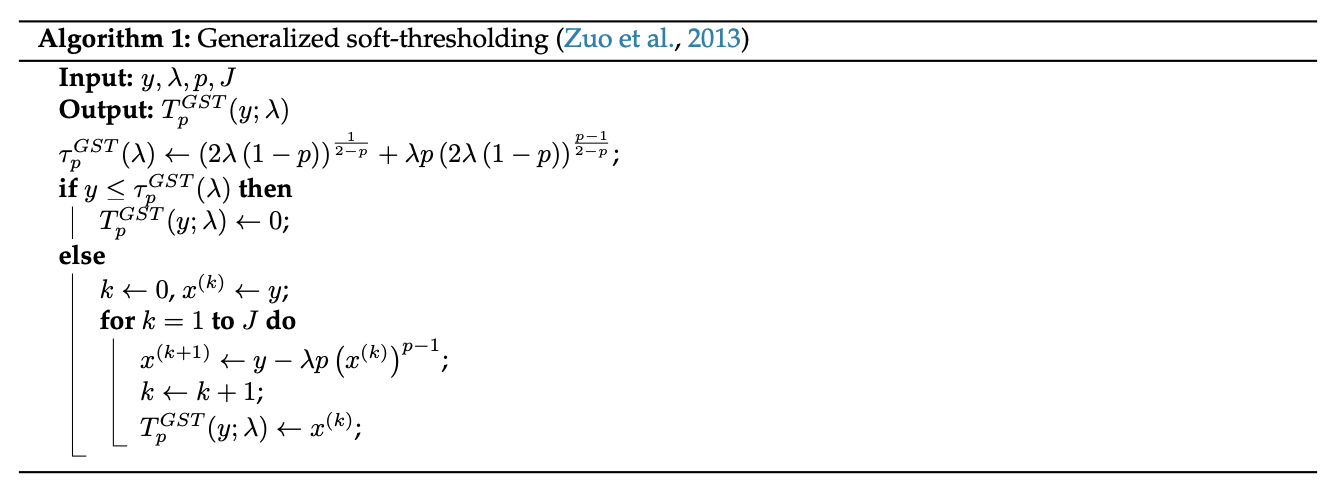Truncated tensor Schatten p-norm based approach for spatiotemporal traffic data imputation with complicated missing patterns
Rapid advances in sensor, wireless communication, cloud computing and data science have brought unprecedented amount of data to assist transportation engineers and researchers in making better decisions. However, traffic data in reality often has corrupted or incomplete values due to detector and communication malfunctions. Data imputation is thus required to ensure the effectiveness of downstream data-driven applications. To this end, numerous tensor-based methods treating the imputation problem as the low-rank tensor completion (LRTC) have been attempted in previous works. To tackle rank minimization, which is at the core of the LRTC, most of aforementioned methods utilize the tensor nuclear norm (NN) as a convex surrogate for the minimization. However, the over-relaxation issue in NN refrains it from desirable performance in practice. In this paper, we define an innovative nonconvex truncated Schatten p-norm for tensors (TSpN) to approximate tensor rank and impute missing spatiotemporal traffic data under the LRTC framework. We model traffic data into a third-order tensor structure of (time intervals,locations (sensors),days) and introduce four complicated missing patterns, including random missing and three fiber-like missing cases according to the tensor mode-n fibers. Despite nonconvexity of the objective function in our model, we derive the global optimal solutions by integrating the alternating direction method of multipliers (ADMM) with generalized soft-thresholding (GST). In addition, we design a truncation rate decay strategy to deal with varying missing rate scenarios. Comprehensive experiments are finally conducted using real-world spatiotemporal datasets, which demonstrate that the proposed LRTC-TSpN method performs well under various missing cases, meanwhile outperforming other SOTA tensor-based imputation models in almost all scenarios.
PDF Abstract

